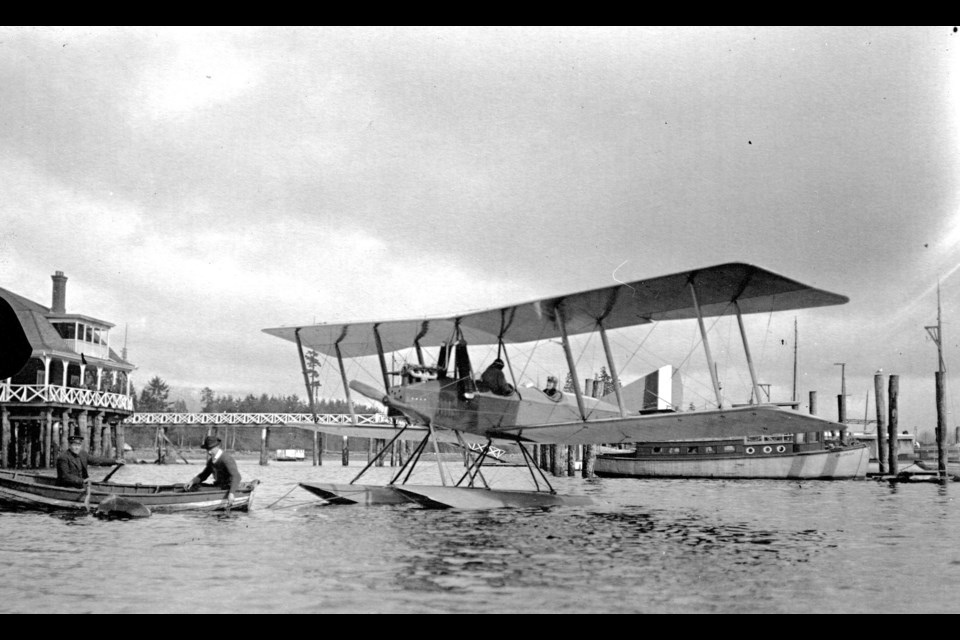Boeing may be one of the most well-known companies in the world, and famously based in Seattle, but the aeronautics corporation has some strong historical connections to Vancouver.
William Boeing was initially involved in lumber operations in Washington state, but became enamoured with aviation as the first planes were being developed; at the time lumber was an essential material for planes. In 1916, Boeing got into the airplane business, starting with seaplanes. With WWI ongoing, Boeing landed an important naval contract.
While based in Seattle, Boeing was familiar with Vancouver. In fact, the first international airmail flight was flown by Boeing and his test pilot Eddie Hubbard in 1919, delivering mail from Seattle to Vancouver.
At the same time, the Hoffar brothers, Jim and Henry, were active in Vancouver; they started as boat builders, but, like Boeing, were interested in flight. By 1917, they had their own plane design and Jim flew it over the city, sometimes taking people for rides 2,000 feet up and launching their own aviation school.
They operated out of a plant at the base of Cardero Street, roughly where the Westin Bayshore Hotel is now.
The Hoffars and Boeing stayed in contact and in 1929 the shipbuilding factory was bought by Boeing and converted into a massive airplane manufacturer, still on Coal Harbour. The arrival of the Boeing company in Vancouver was a big deal; the Vancouver Sun had an entire page dedicated to the announcement with local businesses buying ad space to congratulate Boeing.
The Coal Harbour plant went on to build planes for a decade before the company decided to build a new, massive plant on Sea Island, where Vancouver International Airport was growing. One of the buildings built for Boeing is still in use but is owned by the federal government now.
The Sea Island location was, in hindsight, just for WWII. By September 1945, Boeing closed it down, along with the Coal Harbour plant. B.C. Packers Ltd., a canned seafood company that created the Clover Leaf brand, bought the Coal Harbour location after the war.



